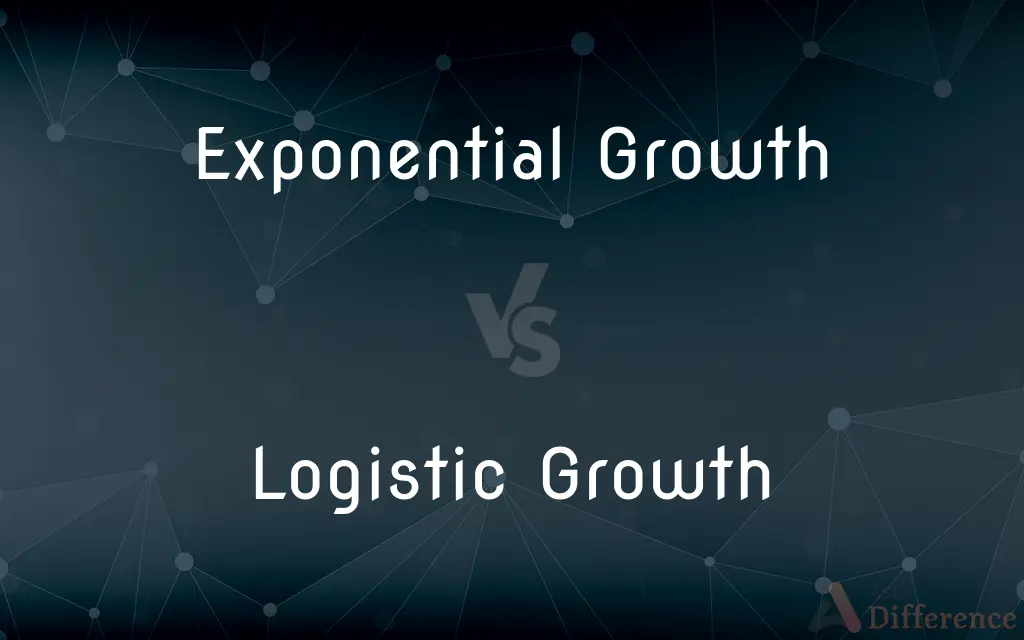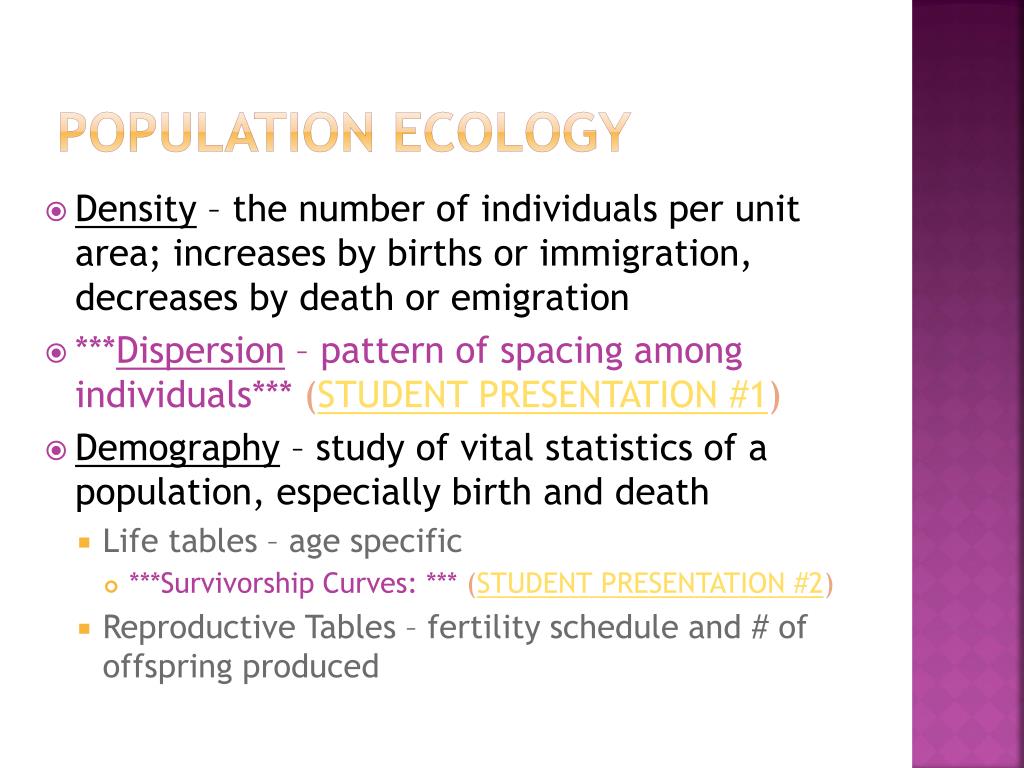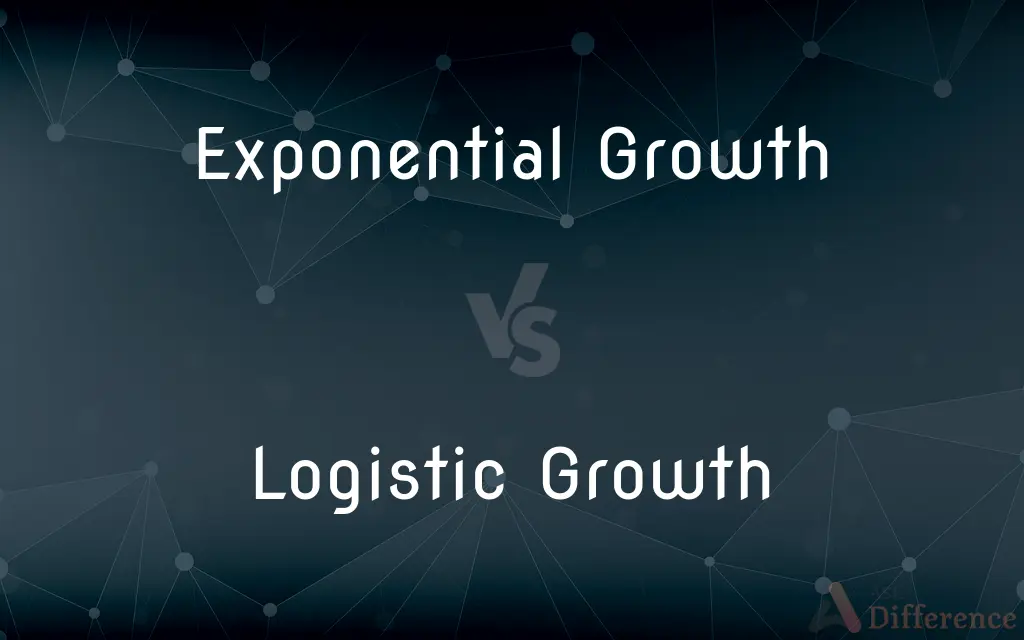Exponential vs. Logistic Growth: Key Differences Explained

Understanding the dynamics of growth is crucial in various fields, from biology and economics to technology and marketing. Two commonly discussed models are exponential growth and logistic growth. While both describe how quantities increase over time, they differ significantly in their patterns and applications. This blog post delves into the key differences between exponential and logistic growth, helping you grasp their concepts and real-world implications.
What is Exponential Growth?

Exponential growth occurs when a quantity increases at a rate proportional to its current value. This results in a J-shaped curve on a graph, indicating rapid and unbounded growth. The formula for exponential growth is:
N(t) = N₀ × e^(rt)
Where:
- N(t) = population or quantity at time t
- N₀ = initial population or quantity
- r = growth rate
- e = base of the natural logarithm
Real-World Examples of Exponential Growth
- Bacterial populations in an ideal environment
- Compound interest in financial investments
- Early-stage viral marketing campaigns
📌 Note: Exponential growth is sustainable only in environments with unlimited resources, which is rarely the case in reality.
What is Logistic Growth?

Logistic growth accounts for environmental constraints that limit unbounded expansion. It starts exponentially but eventually levels off, forming an S-shaped curve. The formula for logistic growth is:
N(t) = K / (1 + (K - N₀) / N₀ × e^(-rt))
Where:
- K = carrying capacity (maximum sustainable quantity)
Real-World Examples of Logistic Growth
- Human population growth due to resource limitations
- Product adoption in saturated markets
- Ecosystem populations in nature
Key Differences Between Exponential and Logistic Growth

| Aspect | Exponential Growth | Logistic Growth |
|---|---|---|
| Shape of Curve | J-shaped (unbounded) | S-shaped (levels off at carrying capacity) |
| Resource Assumption | Unlimited resources | Limited resources |
| Long-Term Outcome | Continues indefinitely | Reaches a steady state |
| Real-World Relevance | Rare in natural systems | Common in biology, economics, and ecology |

When to Use Exponential vs. Logistic Growth Models

Choosing the right model depends on the context:
- Use exponential growth for short-term predictions or scenarios with abundant resources.
- Use logistic growth for long-term forecasts or systems with clear resource limitations.
📌 Note: Understanding these models can help businesses plan for scalability, resource allocation, and market saturation.
Checklist for Applying Growth Models

- Identify resource constraints: Are resources unlimited or limited?
- Determine time frame: Is the focus short-term or long-term?
- Analyze data trends: Does the growth pattern resemble a J-curve or S-curve?
- Consider carrying capacity: Is there a maximum sustainable limit?
By mastering exponential vs. logistic growth, you can make informed decisions in fields like business strategy, environmental science, and population studies. Whether you’re modeling market growth or ecological systems, understanding these concepts is essential for accurate predictions and planning.
What is the main difference between exponential and logistic growth?
+Exponential growth is unbounded and assumes unlimited resources, while logistic growth levels off due to resource limitations.
Where is exponential growth commonly observed?
+Exponential growth is seen in scenarios like bacterial populations, compound interest, and early-stage viral marketing.
What is the carrying capacity in logistic growth?
+Carrying capacity is the maximum population or quantity that an environment can sustain indefinitely.
growth models,population dynamics,resource management,business strategy,mathematical modeling,ecological systems,market saturation,compound interest,viral marketing,carrying capacity



